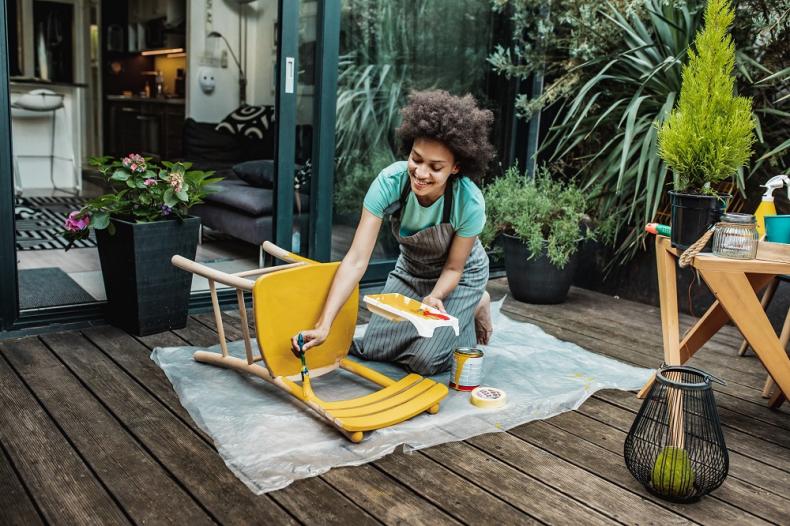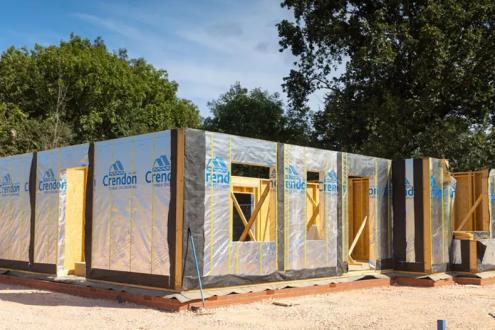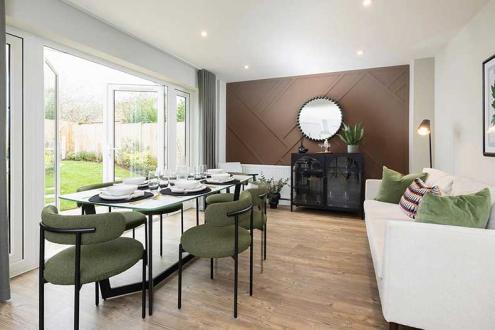11 October 2021
Best Facing Garden for the Sun
When looking for your new home, sometimes a garden can be one of the most important things you consider. Find out here about the best facing garden for the sun.
What is a South facing garden?
This does sometimes cause some confusion but quite simply, a south facing garden is exactly what it says on the tin. It’s a garden facing southwards. It’s to be expected that not all gardens are facing south as the crow flies, it may well be slightly south westerly or south easterly. Regardless, this is still classed as south facing.
South facing garden advantages
There is one simple reason that a south facing garden is a selling point for a house, because they’re in the sun all day. So, if you’re a sun bather, you get a full day of sun to top up those tans, and for gardeners, your plants & flowers will get all the sunshine they need to grow and flourish.
There are several other advantages, including:
● Your garden will be warmer and for longer periods of the day, especially in the Summer months.
● Clothes will dry faster
● Any patio or decking will be less at risk of developing moss and algae
Plants for a South facing garden
You may be wondering what the best plants are for your garden if it’s south facing, so here are our top 3 options:
● Sedums - If not grown in full sun, tall-growing sedums can flop over. So, by planting them in a south-facing garden you can help them to flourish.
● Chamomile - An aromatic plant, Chamomiles are incredibly easy to grow and benefit from being in a garden that faces the sun.
● Mediterranean herbs - if you’re a fan of the kitchen, then why not grow your own herbs? Mediterranean herbs including Thyme, Sage and Rosemary thrive in south facing gardens whilst also providing pretty, nectar-rich flowers for pollinators. Double the benefit!
What is a North facing garden?
As with a south facing garden, a North facing garden is pretty simple to explain. It’s a garden that points to the North, North East or North West. A North facing garden will spend more time in the shade.
North facing garden advantages
• If you prefer your garden to be cooler and in the shade, then a house with a North facing garden may be for you.
• In long gardens, you may find that some of the top parts of the garden will be in the sun but it will predominantly sit in the shade for most of the day.
• Your house will block the sunlight. This can be beneficial for those who aren’t too keen on the sun and prefer to keep cool in summer months.
Plants for a North facing garden
Although a lot of plants prefer the sunlight, others can thrive in a North facing garden:
● Snowdrops - brightening up the dreariest of winter days, Snowdrops are a cheery sight. They don’t last as long in sunny areas, so a North facing garden is ideal for [CY1] their growth.
● Snakes’ head fritillaries - These are pretty, native wildflowers and make your garden stand out. They’re also trouble-free and easy to grow in a range of conditions.
● Lily of the valley - these flowers are richly scented and grow fully in the shade. They will gradually spread to create a carpet of foliage and flowers.
What is an East facing garden?
East facing gardens are ideal for those who like a bit of morning sunshine but prefer a shaded afternoon when the sun is at its warmest. There are many benefits to an East facing garden and it really is dependent on the garden user.
East facing garden benefits
Here are some of the key benefits on an East facing garden:
• They get the sun in the morning but will be shaded in the afternoon so you can sit out in your garden in the warmer hours without worrying about excess sunlight.
• Your garden will be safer during a drought, which is a possibility, particularly in the hotter summer months. The water loss is lower because the garden is not exposed to the sun all day.
• You won’t need to worry too much about mould, as your garden will receive a balance of both sunlight and shade.
Plants for an East facing garden
Many plants benefit from the mix of sunlight and shade. These are some of the plants you could look for, for an East facing garden:
• Anemones – These plants are perfect for front borders and thrive off shaded areas.
• Meconopsis – If you’re looking for a flower to grab centre stage in your garden then look no further. They prefer moist soil so are ideal for a more shaded garden.
• Cornus – Also referred to as Dogwoods, they are ideal for East facing gardens and they have an all year-round appeal as they can sometimes grow in the winter months.
What is a West facing garden?
West facing gardens are the complete opposite of an East facing garden and have shaded mornings and sunny afternoons / early evenings in the Summer months. So, if you like warm, sunny evenings than they could be ideal for you.
West facing garden benefits
Here are some of the key benefits on an East facing garden:
• They get the sun in the afternoon and early evenings so are ideal for sun catchers who like the warmth.
• Your house will be lighter for longer, so you can enjoy the natural light and often save on energy bills.
• Ideal for those who like a lie in. If your bedroom is on the garden side of the house, then you’ll find the sunlight hits your room later, so you can enjoy those precious hours of sleep.
Plants for a West facing garden
Just like an East facing garden, plants benefit from the prominence of sunlight with a bit of shade. These are some of the plants you could look for, for a West facing garden:
• Hardy geraniums – These are sturdy plants that can thrive in both shade and sunlight, so are ideal for gardens that have a mix of both.
• Phlox – Phlox or Phlox Paniculata grow best in mixed conditions, so west facing gardens benefit them.
• Tulips – One of the most popular plants. If you like a pop of colour in your garden, then these are perfect.
So, as you can see, all garden types have their advantages, but ultimately the decision is yours! If you’re a first time buyer in need of advice on buying your first home, make sure to check out our First Time Home Buyer guide.






